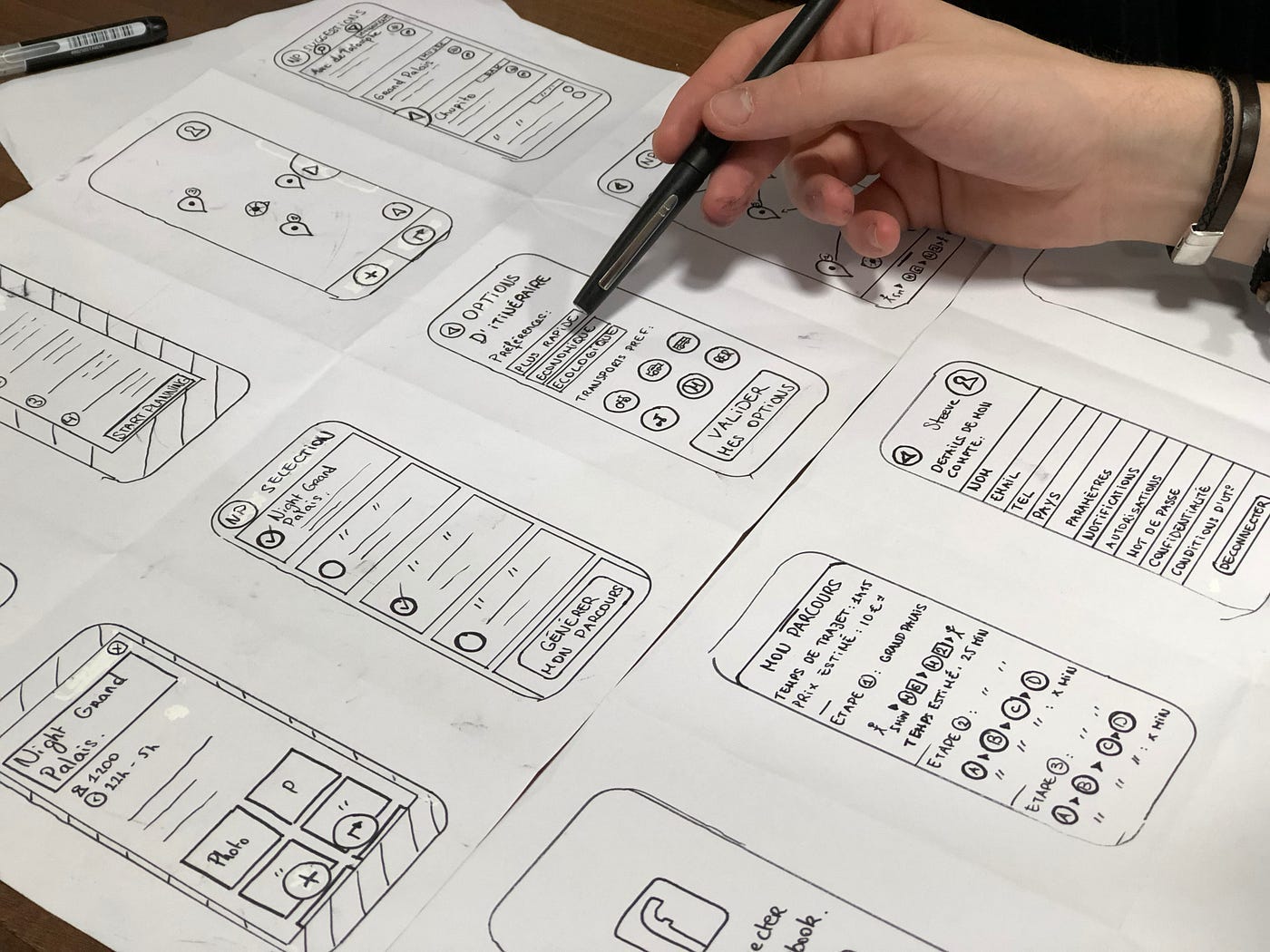Table of Contents
For an effective and precise design process, close collaboration with stakeholders is essential. This article will discuss how BraveBits has improved the speed and accuracy of its design process by fostering strong relationships with key stakeholders.

Table of Contents
Problem
BraveBits is a company with a UX maturity level of 4 based on the 6-level UX maturity model.

At this level, the design team has become an integral part of product squads. Although UX is given more attention, we still encounter several issues in the operation of our design process. This article will address two main problems: lack of information and weak design thinking.
Lack of Information
Designers often jump straight into design solutions without considering business and tech aspects. While the solution might be good from the user’s perspective, it faces feasibility issues or high production costs.
The root cause could be ambiguous initial briefs, insufficient necessary data, or designers not proactively gathering information.

Weak Design Thinking
Slow iterations, occur when designers move too quickly from briefs to design solutions without validating with stakeholders. This often results in the design concept being rejected, forcing the designer to start from scratch.
Getting stuck at a specific step without knowing what to do next and unable to make decisions to unstuck themself.
Both of them consuming a lot of time and resources, leading to bottlenecks in the product development process.

Problem Analysis
A successful product needs to balance three factors: UX, Tech, and Business.
To deliver a comprehensive solution, the involvement of multiple parties is required:
- PO provides product direction, Engineer decides on applicable technology and implementation costs
- DL/DM validates the solution from the UX perspective
- Marketer provides information on how the solution reaches the user.

The design process is the starting point and the connection between business, user, and tech. If the design process is inefficient, the entire production chain is affected. Therefore, designers need to be the bridge, using the design process as a tool to connect these elements, with collaboration being the key factor.
Solutions
Ensure Understanding of All Requirements
If the brief is unclear or only includes a user story, seek clarification from the PO to gain a comprehensive understanding. Ask questions such as:
- What are the company’s or product’s objectives?
- What are the resources (time, manpower) that we have?
- What is the definition of done?
Set clear expectations: Once you’ve agreed to collaborate, establish a timeline, roles and responsibilities. Decide who will write which sections, how you’ll provide feedback and how you’ll handle revisions. This will help prevent misunderstandings and ensure a smooth collaboration process.
Having a clear overall picture in mind will enable you to create solutions that are more accurate, efficient, and purposeful.

Build Relationships with Stakeholders
Establish relationships with stakeholders such as PO, Engineer, Marketer. Understand their roles and authorities in each phase and know when to collaborate with whom for the best design process efficiency.
For example:
- Work closely with PO during conversion stages to ensure a unified vision.
- Collaborate with Engineer to explore technologies and apply them to solutions.
- Work closely with Design Lead/ Design Manager throughout the process to ensure design correctness.
Communicate Effectively
- Ensure information is continuously communicated throughout the development process. Sync immediately with the team about new information so they are aware and updated promptly.
- The method of collaboration doesn’t matter as long as it’s effective. You don’t want to spend three hours creating designs in Figma, only to discuss them and then have to delete everything and start over. Choose a quick, direct, and efficient approach. For example: a thread on Slack or a brief 15-minute meeting with a quick sketch to validate the issue.
- Engineers, PO, Marketers are not designers. Visualizing abstract concepts will make the collaboration process much smoother. You can try to use lo-fi wireframes, sketches, user flows, IA,…

Conclusion
To improve the speed and accuracy of the design process, building strong relationships with stakeholders is essential. By ensuring a clear understanding of requirements, establishing robust relationships, and communicating effectively, designers can create optimal solutions and facilitate a smoother design process, contributing to the overall success of the product.